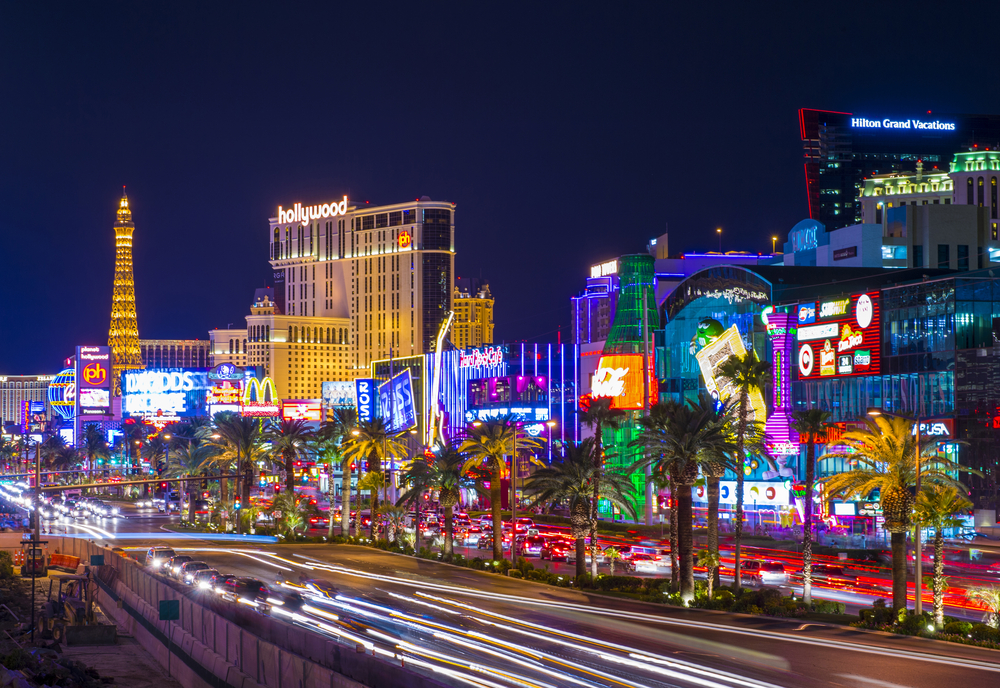World News – You might as well rename Sin City “Sensor City.”
 Las Vegas may be an iconic entertainment destination, but the city is also moving full speed ahead in its quest to become a smart city.
Las Vegas may be an iconic entertainment destination, but the city is also moving full speed ahead in its quest to become a smart city.
There are more than 10,000 sensors around the city of Las Vegas, according to Michael Sherwood, director of the City of Las Vegas’ Department of Information Technologies. About 1,000 of them are in the city’s “Innovation District,” an area designated for the testing of new technologies that help the city understand everything from carbon monoxide emissions and the flow of traffic to how many people are actually using the crosswalks and whether they need to be re-configured.
“We are a 100 percent sustainable city, so everything we consume in electricity, we produce,” Sherwood told NBC News at Black Hat, a computer security conference taking place this week in Las Vegas.
“We do a lot of our sensors around that. They look at air quality, manage our stop lights, our signaling systems,” he said. “All those things are very important to us, but having a layer of security and safety is extremely important.”
All of those sensors can be a double-edged sword. While Las Vegas is a sustainable city and is trying to be a leader when it comes to smart cities, it also means Sin City is now more hackable than ever, with more smart devices connected to the internet.
“It does bring a new type of cyber risk into the equation that didn’t exist before,” said Nicole Eagan, CEO of Darktrace, the company monitoring potential threats. “We can take a new device that is a new manufacturer, no one has ever seen it before, and we can use machine learning to model its behavior and learn its normal pattern of life,” Eagan told NBC News.
“Security is definitely becoming more and more important as we allow these sensors to make decisions on their own,” said Sherwood. “We wouldn’t want someone getting into our signaling system and turning all the traffic lights in downtown Las Vegas green. That could cause some problems.”
Sherwood said around $1 million has been set aside this year for working on the smart city initiatives in the Innovation District, with much of it going to smart infrastructure. He said many of the smart devices are offered to the city by companies hoping to test their products in a real-world environment.
The payoff has been huge for the city, giving planners a trove of data on everything from how many cars travel down a certain street at a given time to understanding how people cross the street.
“As people go up and down the street or cross the street, there is an individual line for every person, so we do that on a 24/7 basis and we are able, over time, to see the pathways people mostly travel,” Sherwood said.
That might mean adding crosswalks where they’re needed — or re-configuring existing ones to ensure people are more likely to make the choice to cross safely, he said.
If Las Vegas continues to hit the jackpot testing new smart technologies, Sherwood said he expects the city could have more than 100,000 sensors in the next five years. That means everything from crosswalks and traffic lights to elevators, trash cans, and more.
“It’s important economically. We’re looking at attracting some of the best companies to relocate here,” Sherwood said. “The city has traditionally relied on tourism and while we love people coming here and want to be the entertainment capital, we also want to diversify. Technology is a great opportunity.”
by ALYSSA NEWCOMB, NBCNews.com
